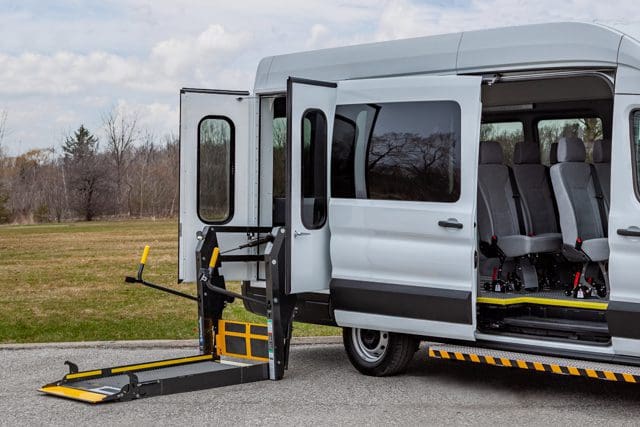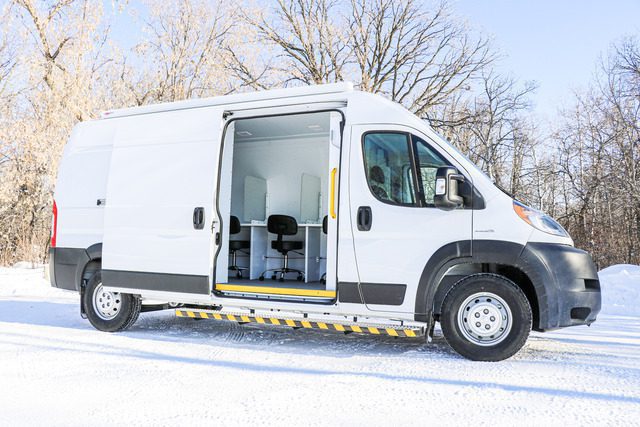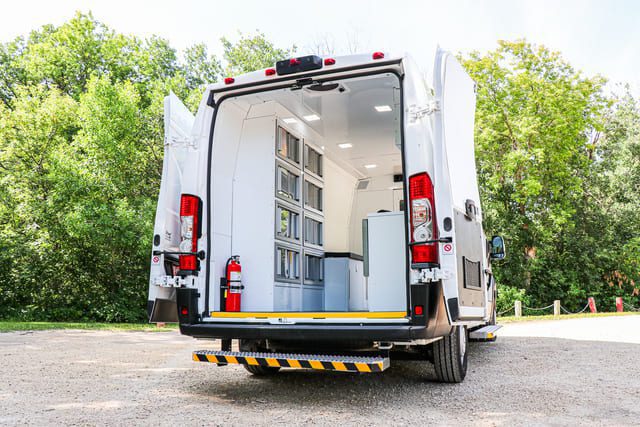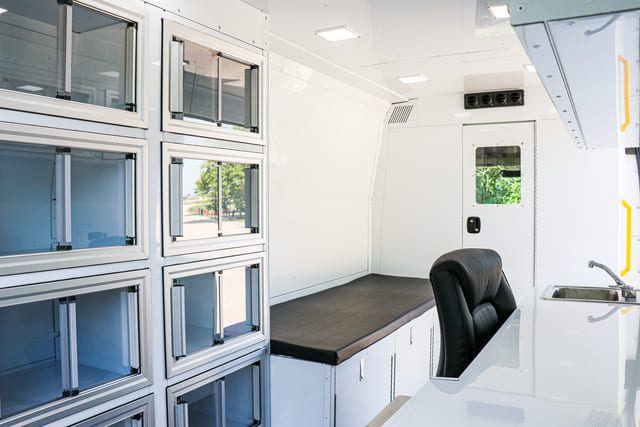How do you choose the right wheelchair van for you? What factors do you need to consider before making a final decision?
If you’ve ever had these two questions, then you’ve come to the right place.
At MoveMobility, we understand a wheelchair van is an investment. You don’t want to invest in something so vital to your everyday life only to end up with a wheelchair van that isn’t right for you or your passengers.
That’s why in this article, you’ll learn the 11 steps you can take to help you decide which wheelchair van is right for you:
1: Decide if you want your van to be new or used
2: Choose a side entry or rear entry van
3: Choose a ramp or a lift
4: Figure out how many wheelchairs the van will be transporting
5: Determine if you need to transport walkers
6: Determine if the wheelchair the van is transporting is manual or power
7: Determine the size and weight of the wheelchair
8: Figure out how tall the wheelchair user is when they are seated in the wheelchair
9: Determine how often you’ll be going on long trips
10: Determine how much equipment you usually carry
11: Decide on a budget
1. Decide if you want your van to be new or used
A new van is more reliable, has fewer service problems, and will be converted using the most recent conversion designs.
A used van may be cheaper, likely has more service problems, and has already been converted–meaning you won’t be able to request specific conversions. To put it simply: What you get is what you get, and what you get may not be what you need.
2. Choose a side entry or rear entry van
Here is a table that shows the ins and outs of side and rear entry vans.
| Side Entry | Rear Entry |
| Load from curbs | No special parking spot required |
| Requires space on the side to lower the ramp | Can be unsafe if you’re unloading the wheelchair on a busy street at the van’s rear |
| Best for passengers with any mobility level (wheelchair, walker, ambulatory) | You don’t have to turn wheelchairs once inside (straight in, straight out) |
3. Choose a lift or a ramp


Deciding whether you want a wheelchair ramp or wheelchair lift can be one of the hardest choices in this process. Here are some facts to consider:
- Ramps allow passengers to be independent and are easy to use for wheelchairs, but you have to make sure the driver can push a manual wheelchair up the ramp.
- Lifts, on the other hand, require no physical effort from drivers (a major difference when comparing lifts to ramps). One thing to consider, though, is that ambulatory passengers have to go up steps to enter the van because a lift usually blocks the rear or side doorway
4. Figure out how many wheelchairs the van will be taking regularly
The number of wheelchairs the van will be taking on a regular basis is very important to determine what size van you will need.
Here’s a short breakdown of wheelchair numbers and their corresponding van sizes:
- 1-2 wheelchairs: accessible minivan
- 2-4 wheelchairs: full-size accessible van
- 4+ wheelchairs: you may need to consider a bus
5. Determine if you will need to transport walkers
Will you be transporting walker users? If so, a van with a low ramp incline is best for transporting people with walkers so that it’s not too steep. At MoveMobility, our power ramp has a low incline.
It’s also important to note that sometimes lifts can be intimidating for people with walkers and even make them uncomfortable.
6. Determine if the wheelchair the van is transporting is manual or power
The angle of the ramp is an important factor to consider when buying a wheelchair van.
Some vans have different roof heights and ramp angles, so a powered wheelchair can make it easier to get up a steeper ramp, and a manual wheelchair can make it more difficult.
You’ll want passengers to be able to get in and out of the van with relative ease.
7. Determine the size and weight of the wheelchair
Some ramps are easier to get up than others. Typically, the bigger the ramp, the easier it is to use. So, knowing the size and weight of the wheelchair helps determine whether a van with a ramp or lift is right for your program.
8. Figure out how tall the wheelchair user is when they are seated in the wheelchair
Each wheelchair van has a slightly different amount of headroom and one inch can make all the difference.
Knowing the height of the person when they are seated in their wheelchair will help you decide if a certain vehicle or entry method is better for you. This is especially important if you are considering a minivan, because minivans are smaller and, naturally, will have less headroom.
9. Determine how often you’ll be going on long trips
Just like any other non-wheelchair-accessible vehicle, it is important to be comfortable in the vehicle for extended periods of time.
Some vans ride nicer than others or offer other amenities and knowing if you need a van with the most comfortable rider experience can help you narrow down what van you need.
10. Determine how much equipment you usually carry
Cargo space can vary depending on the type of conversion you have done to your wheelchair van. Some entry methods take up more space than others.
If you find yourself carrying everything in the van, including the kitchen sink, you should consider cargo space when choosing your wheelchair van so you can get full use of your vehicle.
11. Decide on a budget
Your budget will ultimately depend on what vehicle you choose.
But in general, you should expect to spend around $110,000 to $180,000 on a full-size wheelchair-accessible van and around $92,000 to $110,000 on a new wheelchair-accessible minivan. Check the current price ranges on our pricing page, or learn what makes up the cost of a wheelchair van and why.
Your next steps for choosing the right wheelchair van in 2023
You came to this article wondering how to choose the right wheelchair van for you.
After reading, you now know the 11 steps you can take to help you make this complicated decision.
If you’re still not sure which option is right for you, talk to a MoveMobility expert today.
Or, consider reading these articles for more information.






